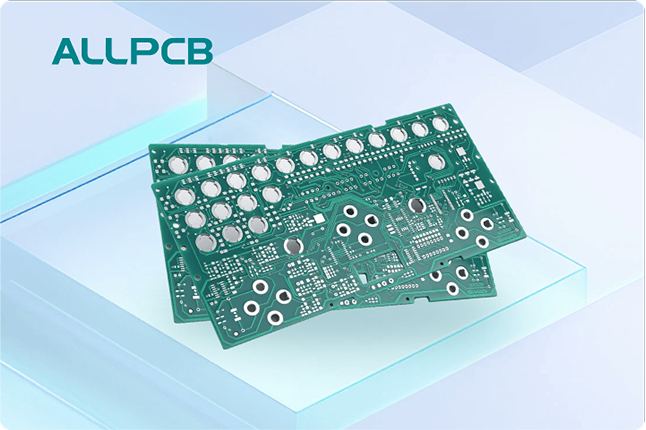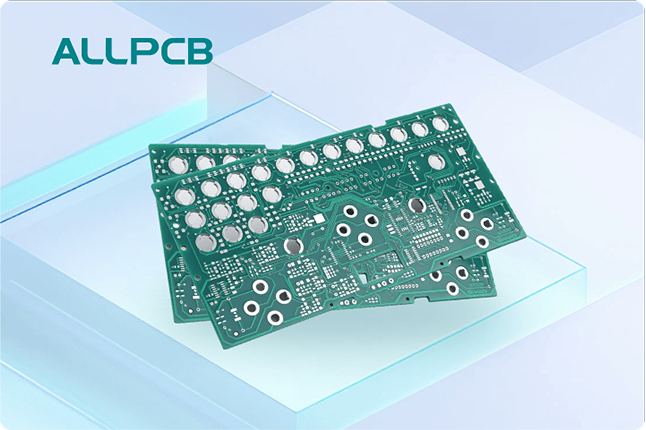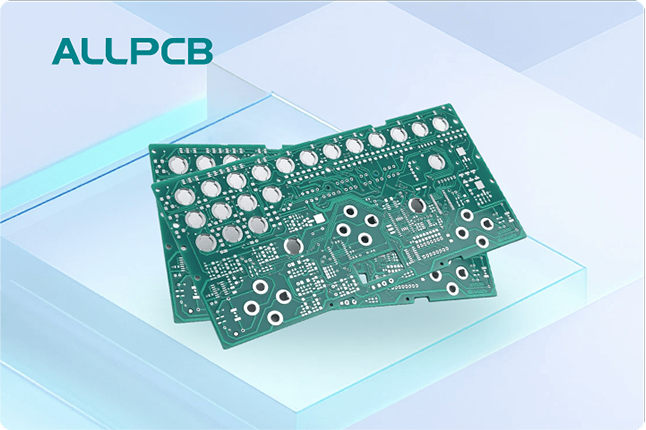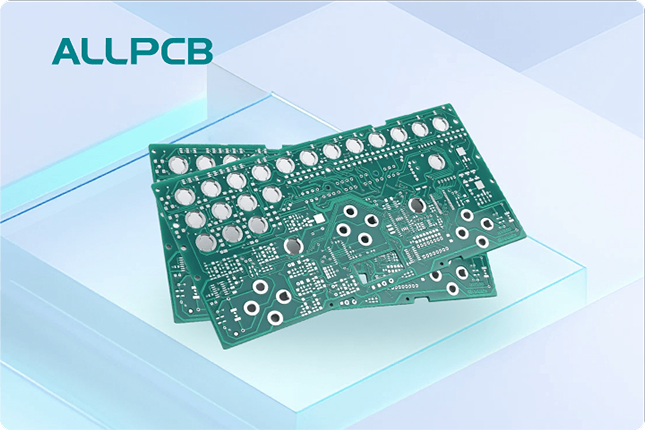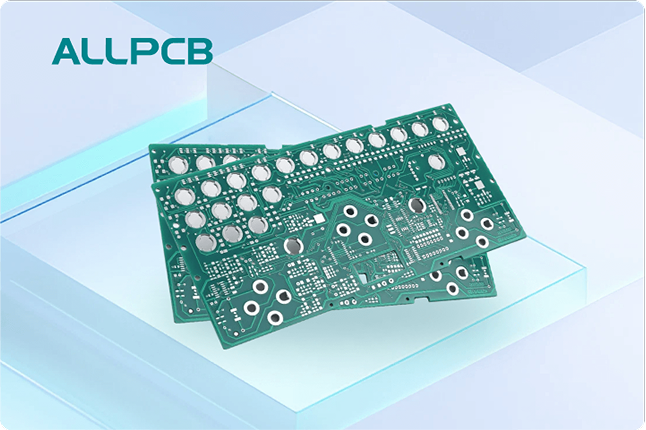In the world of electronics, ensuring compliance with environmental and safety regulations is as crucial as achieving high performance. If you're searching for alternative PCB materials REACH compliant, or want to understand the performance of REACH PCBs, you've come to the right place. This guide offers a comprehensive look into REACH compliant laminates and their alternatives, helping you make informed decisions for your next project. We'll explore what REACH compliance means, the materials that meet these standards, and how they perform in real-world applications.
What is REACH Compliance and Why Does It Matter for PCBs?
REACH stands for Registration, Evaluation, Authorization, and Restriction of Chemicals. It’s a regulation enforced by the European Union to control the use of hazardous substances in manufacturing, including printed circuit boards (PCBs). The goal is to protect human health and the environment by limiting the use of harmful chemicals, often referred to as Substances of Very High Concern (SVHC).
For PCB manufacturers and designers, REACH compliance means using materials and processes that avoid restricted substances. Non-compliance can lead to legal issues, restricted market access, and potential health or environmental risks. Choosing REACH compliant laminates ensures your products meet global safety standards while maintaining trust with clients and end-users.
The Challenge of Traditional PCB Materials
Traditional PCB materials, like certain epoxy resins and flame retardants, often contain chemicals that fall under REACH restrictions. For instance, some older laminates used halogenated compounds for flame resistance, which are now restricted due to their environmental persistence and toxicity. This has pushed the industry to seek alternative PCB materials REACH compliant, balancing safety with performance.
The shift isn't just about compliance; it's about sustainability. With growing pressure to reduce toxic waste and adopt greener practices, manufacturers are innovating to create materials that perform well without compromising on safety or environmental impact.
Exploring REACH Compliant PCB Materials and Laminates
Let’s dive into some of the key REACH compliant laminates and alternative materials available today. These options are designed to meet strict regulatory standards while offering reliable performance for various applications.
1. Halogen-Free Laminates
Halogen-free laminates are a popular choice for REACH compliance. These materials avoid chlorine and bromine-based flame retardants, replacing them with phosphorus-based or other non-toxic alternatives. They are widely used in consumer electronics, automotive, and industrial applications.
- Key Benefits: Reduced environmental impact, safer for human health, and compliance with REACH restrictions.
- Performance: These laminates typically offer a dielectric constant (Dk) around 4.0 to 4.5 at 1 GHz, suitable for mid-range frequency applications. Thermal stability is often comparable to traditional materials, with glass transition temperatures (Tg) ranging from 130°C to 170°C.
- Applications: Smartphones, tablets, and automotive control units.
2. Bio-Based and Sustainable Resins
Bio-based resins are emerging as a sustainable alternative to conventional epoxy resins. Made from renewable resources like plant-based materials, these resins minimize reliance on petrochemicals and reduce carbon footprints. Many formulations are designed to be REACH compliant by avoiding hazardous additives.
- Key Benefits: Eco-friendly, reduced dependency on fossil fuels, and often recyclable.
- Performance: While still evolving, bio-based resins can achieve a Tg of 120°C to 150°C and a Dk of 3.8 to 4.2, making them viable for low to medium complexity designs. However, they may not yet match the thermal endurance of high-performance synthetic resins.
- Applications: Green electronics, IoT devices, and non-critical consumer products.
3. High-Performance REACH Compliant Materials
For applications requiring superior electrical and thermal properties, high-performance REACH compliant materials are available. These often use advanced polymer blends or ceramic fillers to achieve low signal loss and high reliability without restricted substances.
- Key Benefits: Excellent signal integrity for high-speed designs and compliance with safety standards.
- Performance: These materials can offer a low Dk of 3.0 to 3.5 and a dissipation factor (Df) as low as 0.002 at 10 GHz, ideal for high-frequency applications. They also support operating temperatures up to 200°C or higher.
- Applications: Telecommunications, aerospace, and 5G infrastructure.
Performance of REACH PCBs: How Do They Stack Up?
One common concern among engineers is whether the performance of REACH PCBs matches that of traditional materials. The good news is that advancements in material science have closed the gap significantly. Let’s break down the key performance metrics and see how these compliant materials hold up.
Electrical Performance
REACH compliant materials, especially high-performance laminates, are engineered to support modern high-speed and high-frequency designs. For instance, in telecommunications applications, low dielectric constant and low loss tangent values ensure minimal signal distortion. Tests have shown that some REACH compliant laminates achieve signal integrity comparable to non-compliant high-speed materials, with signal loss as low as 0.02 dB/cm at 10 GHz.
Thermal Stability
Thermal performance is critical for PCBs exposed to high temperatures, such as in automotive or industrial settings. Many REACH compliant laminates offer a Tg above 150°C, with some premium options exceeding 180°C. This ensures they can withstand reflow soldering processes and prolonged exposure to heat without delaminating or degrading.
Mechanical Durability
Mechanical strength is another area where REACH compliant materials perform well. Halogen-free laminates, for example, provide robust tensile strength and resistance to cracking, making them suitable for multilayer boards and flexible PCB designs. Their coefficient of thermal expansion (CTE) often ranges between 12 to 16 ppm/°C, aligning with copper and other components to prevent warping.
Challenges and Considerations with REACH Compliant Materials
While the benefits are clear, there are challenges to adopting alternative PCB materials REACH compliant. Understanding these can help you plan better for your projects.
- Cost: REACH compliant materials, especially high-performance ones, can be more expensive due to specialized formulations and limited supply chains. This cost may impact budget-sensitive projects.
- Availability: Not all suppliers stock a wide range of compliant materials, which can lead to longer lead times for procurement.
- Compatibility: Some alternative materials may require adjustments in manufacturing processes, such as different curing temperatures or drilling parameters, to achieve optimal results.
To mitigate these challenges, work closely with your PCB supplier to identify materials that balance cost, availability, and performance for your specific needs. Testing prototypes with new materials can also help uncover potential issues before full-scale production.
Future Trends in REACH Compliant PCB Materials
The push for sustainability and safety is driving innovation in PCB materials. One notable trend is the global effort to phase out per- and polyfluoroalkyl substances (PFAS), often called “forever chemicals,” which have been used in some high-frequency laminates for their resistance properties. As these are restricted under REACH, manufacturers are developing PFAS-free alternatives that maintain performance for demanding applications like 5G and radar systems.
Additionally, the rise of circular economy principles is encouraging the development of recyclable and biodegradable PCB materials. While still in early stages, these innovations could redefine how we approach electronics manufacturing in the coming years.
How to Choose the Right REACH Compliant Material for Your Project
Selecting the best REACH compliant laminates depends on several factors specific to your application. Here are some practical steps to guide your decision:
- Define Your Requirements: Determine the electrical, thermal, and mechanical needs of your design. For high-speed applications, prioritize low Dk and Df values. For harsh environments, focus on high Tg and low CTE.
- Check Compliance Certifications: Ensure the materials you choose come with documented REACH compliance statements from suppliers to avoid regulatory issues.
- Evaluate Cost vs. Performance: Balance your budget with performance needs. If cost is a concern, consider halogen-free laminates for standard applications rather than premium high-performance options.
- Partner with Experts: Collaborate with a trusted PCB manufacturer to access a wide range of compliant materials and get advice tailored to your project.
Conclusion: Embracing REACH Compliance for Better PCBs
Navigating the world of alternative PCB materials REACH compliant doesn’t have to be daunting. With options like halogen-free laminates, bio-based resins, and high-performance materials, you can achieve the performance of REACH PCBs that rivals traditional options while meeting strict safety and environmental standards. By understanding the properties, benefits, and challenges of these materials, you’re better equipped to design and manufacture PCBs that are both cutting-edge and compliant.
At ALLPCB, we’re committed to supporting your journey with a wide selection of REACH compliant laminates and expert guidance. Whether you’re working on consumer electronics, automotive systems, or high-frequency telecom projects, we’ve got the materials and expertise to bring your ideas to life sustainably and efficiently.
 ALLPCB
ALLPCB


